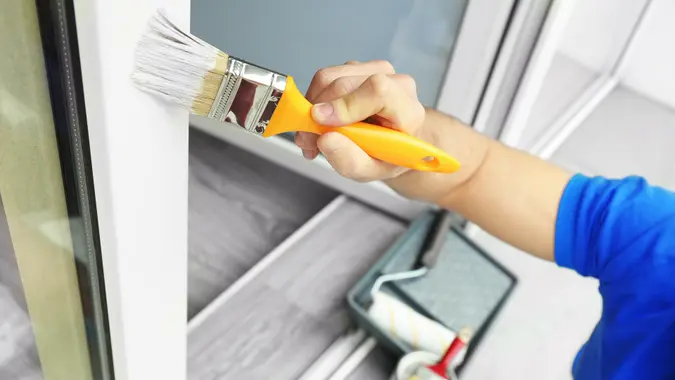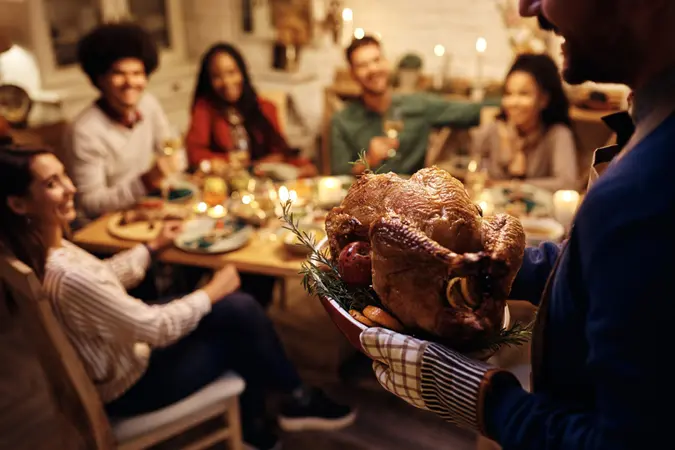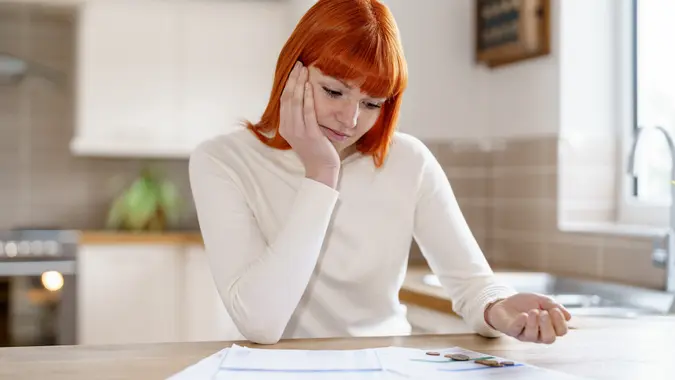You Could Get Up to $1,000 From the Government To Help Pay Utility Bills: Here’s How

Commitment to Our Readers
GOBankingRates' editorial team is committed to bringing you unbiased reviews and information. We use data-driven methodologies to evaluate financial products and services - our reviews and ratings are not influenced by advertisers. You can read more about our editorial guidelines and our products and services review methodology.

20 Years
Helping You Live Richer

Reviewed
by Experts

Trusted by
Millions of Readers
Utility bills are a major source of stress for many Americans. The average monthly utility bill in the U.S. is now $473, and 54% of Americans say they’re overwhelmed by the cost, according to a 2024 American Home Shield survey.
Fortunately, there is a government program that can help lighten the load of these essential bills. Here’s what you need to know if you want to get assistance paying your utilities.
What Is LIHEAP and How Can It Help?
The Low-Income Home Energy Assistance Program (LIHEAP) is a federally funded program that helps qualifying households pay their home heating and cooling bills. It is available in all states and the District of Columbia, as well as on most tribal reservations and U.S. territories. In some states, you may also qualify for help with electric bills. Relief comes in the form of a grant paid to utility providers.
Who Qualifies For Utility Assistance?
Eligibility for the program is based on your income. Every state and territory has its own requirements, but most use 150% of the federal poverty level or 60% of the state median income.
For example, in Pennsylvania, a household must be at 150% or below the U.S. Health and Human Services federal poverty guidelines to qualify. This means the annual household income for a family of four would be at or below $46,800. Qualifying households in Pennsylvania receive $200 to $1,000 to help with their heating bills through the program.
How To Apply For LIHEAP
To find out if you qualify for assistance with your utility bills through LIHEAP, visit the program’s Eligibility Tool page. Here, you will fill out the state or territory where you reside, the size of your household and your household’s monthly income before taxes. Once you fill out the form, you will see what assistance you qualify for, if any.
Other Ways To Lower Your Utility Bills
If you don’t qualify for LIHEAP, you can lower your utility bills by being a smart consumer. Consider the following tips to reduce your bills:
- Carefully review your bill to ensure you are not being overcharged.
- Reduce your energy consumption by adjusting your thermostat to be slightly cooler in the winter and slightly warmer in the summer.
- Weatherproof your home by sealing any air leaks. Add drapes to keep warm air in during the winter and cool air in during the summer.
- Enroll in budget billing. With this option, you’ll pay a fixed monthly payment regardless of energy use. This can make your bills more predictable.
- Invest in energy-efficient appliances. While this can be a high upfront cost, it can save you big money in the long run.
 Written by
Written by  Edited by
Edited by 

























